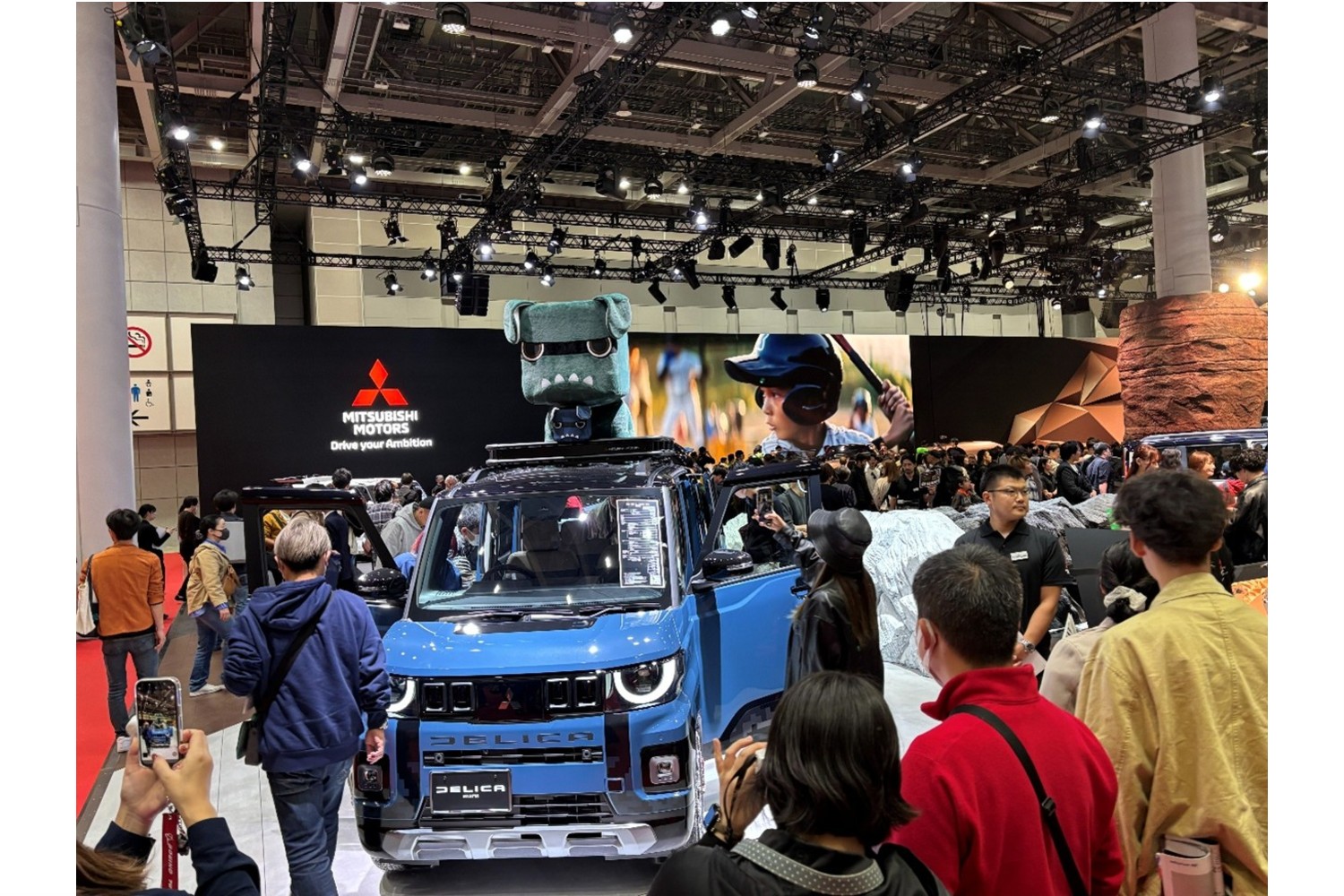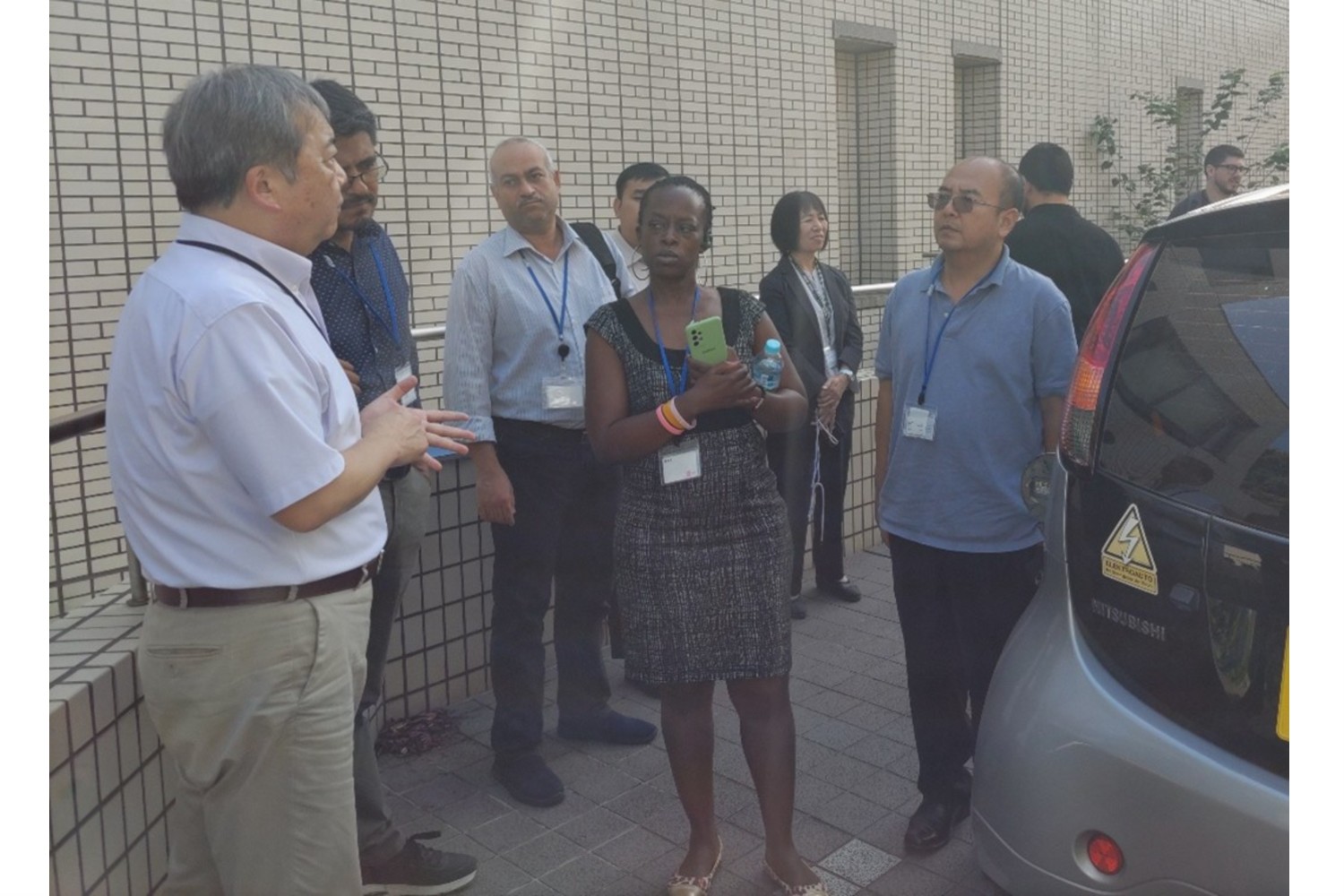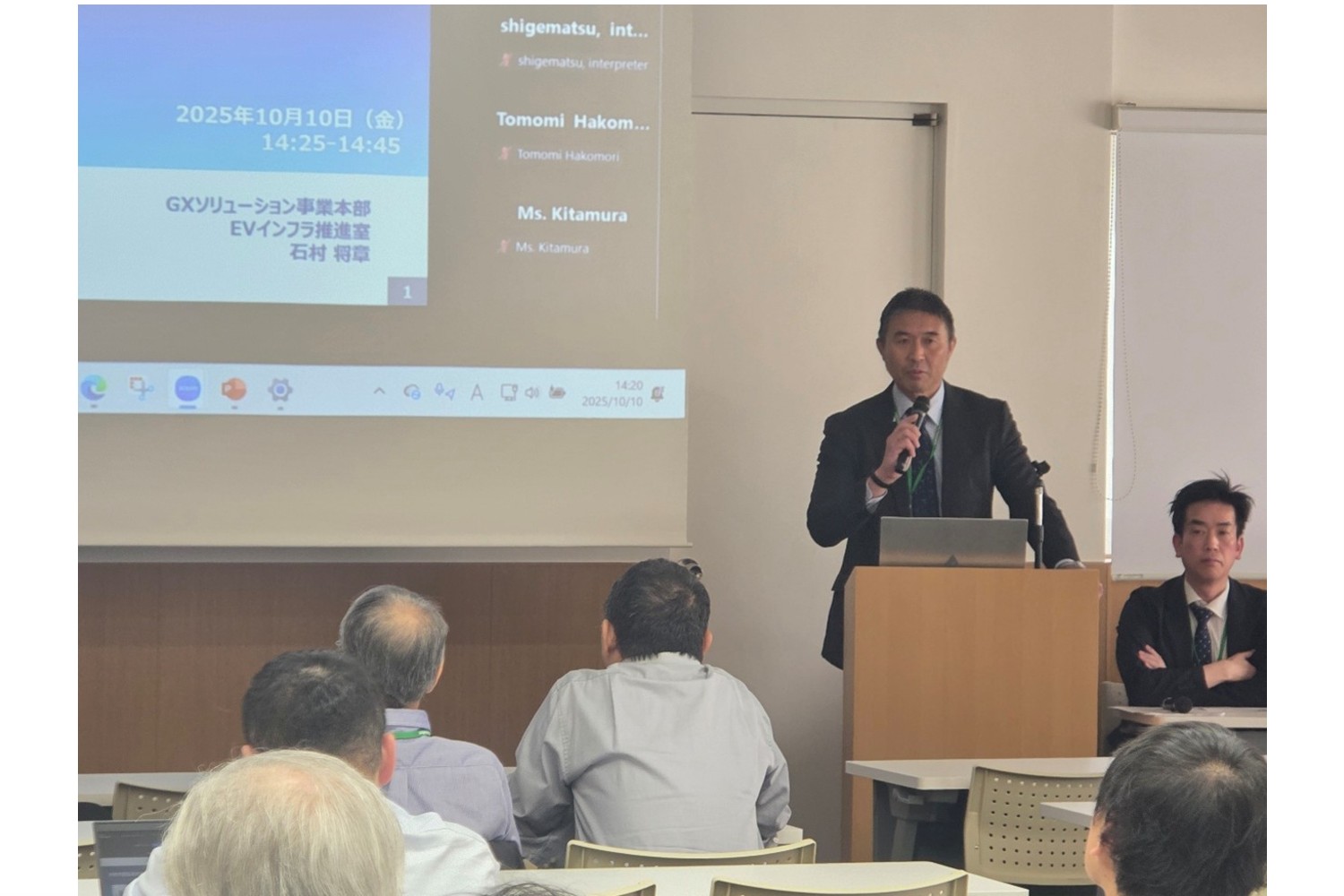CHAdeMO Association is the provider of CHAdeMO, the world’s first DC fast recharging protocol (IEC/EN 61851-23, -24, IEC/EN 62196-3), mobilising its expertise and resources to bring safe, affordable, and timely recharging to all EVs since 2010. Representing the 450 e-mobility stakeholders around the world including over 140 European member companies, CHAdeMO Association appreciates and supports the European Commission’s commitment and ambition to accelerate the deployment of public recharging points across Member States.
The Association is concerned, however, that some proposed measures of the revision of the Directive 2014/94/EU (AFID) involving strengthening of interoperability requirements could have adverse effects on the envisaged fast uptake of electric vehicles, rather than incentivise and accompany such growth.
In this context, CHAdeMO Association wishes to share with the Commission the below principles and elements for evaluating the policy options around interoperability requirements to support the sustainable and sound development of the e-mobility ecosystem in Europe. Specifically, we wish to draw the Commission’s close attention to:
Look to build on Europe’s competence in the EV and EV recharging infrastructure industry in an inclusive and technologically neutral manner, while preserving and supporting the existing infrastructure so that stakeholders can collectively achieve the sustainable mobility goals set in the European Green Deal.
- Over 14,000 DC high-power CHAdeMO recharging points, as many as those of AFID-mandated ‘Combo 2’ (IEC/EN 62196-3), have been deployed thanks to the investors’ trust in CHAdeMO for its reliable, safe, and robust technology. Over half a million EV drivers across Europe whom these chargers serve should not be penalised or disproportionately disadvantaged in their future recharging options.
- CHAdeMO is the only international standard that enables the V2G (vehicle-to-grid) technology with many EVs and EV bi-directional chargers already in the market. V2G is not just about technology; it is a solution to improve energy efficiency and assist the transition to a greener energy mix by easing PV and wind power integration with the power grid and utilising the battery storage capability in the EV. As our members and collaborators are leading innovations in the domain of smart recharging infrastructure using CHAdeMO, we strongly encourage policymakers to capitalise on our experience.
- Maintaining and accommodating existing EV recharging asset is extremely important for the convenience of EV drivers, market trust and sustainable development. The Association strives to ensure backward compatibility at each version update and asks the Commission to pay a great deal of attention in its market design as well as any transition plan to be as inclusive and enabling as possible.
Be reminded that any further standardisation in EV recharging technologies is premature, as international harmonisation efforts are on-going within the industry to accelerate the global transition towards cleaner transport.
- Multiple international industry initiatives are in progress to harmonise the existing EV recharging technologies to achieve as much interoperability as possible, as the global stakeholders believe that greater innovation will be realised through such collaborations.
- A number of future standards are in development but not yet finalised and no particular standard should be endorsed, including ISO15118-20 for automated authentication and V2G, as well as HDV recharging (pantographs and conductive). Premature mandates can not only hinder a fair competition but also compromise the quality of the technology.
Closely collaborate with the industry experts and take into consideration the current development of international and European standards.
- For ‘communication protocols’ cited as a potential measure of strengthening interoperability, consider different technological solutions such as smartphone applications using 4G/5G and Wi-Fi technology that can facilitate authentication and increase the level of security.
- Foster a competitive environment for a better user experience of EV drivers so that recharging is made as easy, convenient, and sustainable as possible.
- Defining the goals to achieve without mandating the means can be an optimal way to nurture innovation and accelerate achievement of the desired end results. For example, Europe can choose to define the level of security or type of smart recharging use cases needed, without mandating the ‘how.’
- Opting for supportive policy choices that provide an enabling environment and prevent any unnecessary barriers to the uptake of innovation, Europe shall see greater choices deliver benefits for consumers through better services at a lower price.




